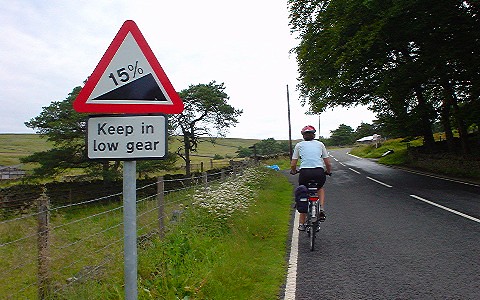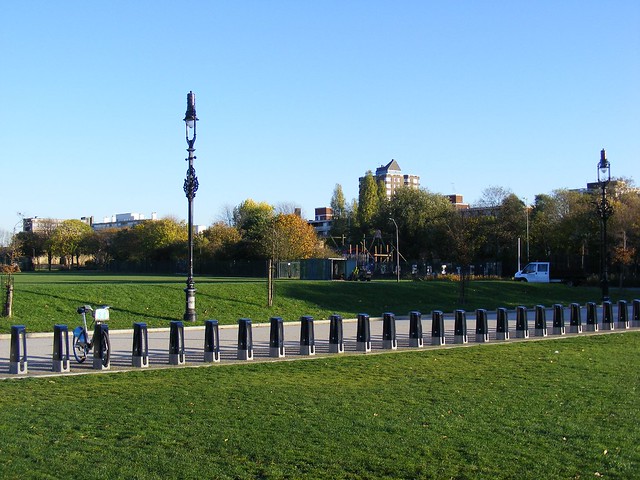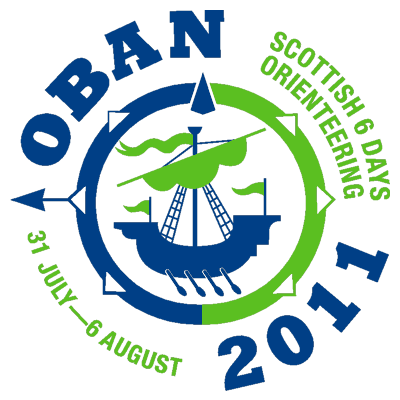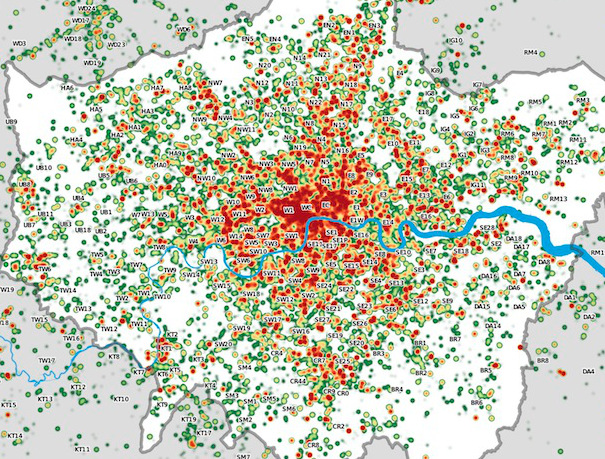 OpenLayers 2.10 Beginner’s Guide – Erik Hazard, Packt Publishing
OpenLayers 2.10 Beginner’s Guide – Erik Hazard, Packt Publishing
The OpenLayers 2.10 Beginner’s Guide (buy: Amazon) is a guidebook for a technology that is relatively unknown in the broader technology world – OpenLayers being a JavaScript-based online mapping framework, the open-source equivalent of the popular Google Maps API. As mapping and open source software have increasingly become mainstream over the last couple of years, such a guide has appeared at just the right time.
As with many open source projects, documentation and startup guides are freely available online, but their quality and completeness often is very variable. A paper-based guidebook is still the best way to get to grips with the complete capabilities of a complex framework like OpenLayers – but with the danger that it is likely to date quickly as the project evolves. The author is particularly brave in referring to the current version – 2.10 – in the book title, as any subsequent release (2.11 is probably just around the corner) will appear to age the book, while actually it is likely the vast majority of its content will remain relevant with the new version.
The book serves both as an introduction for beginners to JavaScript and/or online mapping, while also acting as a reference that means it can remain in the development bookshelf for even more advanced developers. There is not a standalone reference section – but then the automatically-generated JavaScript documentation online perhaps serves best for this. However the detail of the chapters mean they effectively can act as a near complete reference.
OpenLayers does have a notably steeper learning curve than (for example) the Google Maps API – although it is ultimately more powerful. A physical, complete guide like this does therefore have a definite benefit to a developer aiming to produce online mapping applications based on open source technology.
The book, slightly surprisingly, introduces some fairly weighty programmatic detail right at the beginning – in Chapter 1. For example, I wasn’t expecting a discussion of Object Orientated Programming, and defining objects, instances and classes/subclasses, so early on in the book. It could be argued that these are important concepts to learn early, o gain a good understanding of a powerful API. I do still think that these would be likely to intimidate a genuine beginner, who just wants to quickly create a map.
The second chapter covers Firebug in depth. While again I was not expecting this so early in the book, I can understand why it is introduced at this stage. It is easy to make typos when writing JavaScript, and a working knowledge of Firebug stops painful debugging that might be necessary for someone just starting out with JavaScript development. But it is possible to use OpenLayers and dip into its rich API without knowing about Firebug, and such detail might serve to intimidate a novice, who would get buried in the detail – hence why I was surprised to see this inclusion so early.
It is interesting that OpenStreetMap (OSM) was not introduced until a third of the way into the book. Before, complex concepts such as map projections and coordinate transforms are used. You really don’t need to know these to use OpenStreetMap! OpenLayers is of course used for so much more than just showing OSM maps – at a recent academic conference I was impressed by the number of speakers that showed complex web applications using OpenLayers. But the “simple case” for OpenLayers is pulling in Google Maps or OpenStreetMap map tiles, and putting pins on them – “mashing up” data, without worrying about projections, ESPG numbers, JavaScript debugging and WMS parameters – all of which you’ll meet early on in the book. Only on page 124 is a simple mashup (Google + WMS + vector editing) introduced, with a more complex example application dissected in the very final chapter.
The vector layers – which in my opinion are the most interesting and powerful part of OpenLayers are introduced all the way back in chapter 9. Vector styling – advanced but powerful – is in the chapter after that. There are many complex method calls for vector layers, and so many of these do deserve to be introduced only late on – but introducing a subset of vector capabilities much earlier in the book would have been of benefit.
There are several typos and minor misspellings in the book, including in a couple of code examples, detracted slightly from the clarity of the book.
The OpenLayers 2.10 Beginners Guide is fantastic as a reference – it goes into great detail and is so very useful for advanced users of the OpenLayers API. But it forsakes smoothing the OpenLayers learning curve in favour of a solid ground-working of the detail – great if this is your career, not so great if you just want to download OpenLayers and create a simple map. If you are prepared to spend the time with the detail, then you will emerge an OpenLayers expert!
The book’s accompanying website includes Chapter 9 as a sample. You can also buy the book – OpenLayers 2.10 Beginner’s Guide – from Amazon.











 I was in Berlin last weekend for Wherecamp EU – the European
I was in Berlin last weekend for Wherecamp EU – the European  There were some very interesting sessions – I particularly enjoyed
There were some very interesting sessions – I particularly enjoyed 







